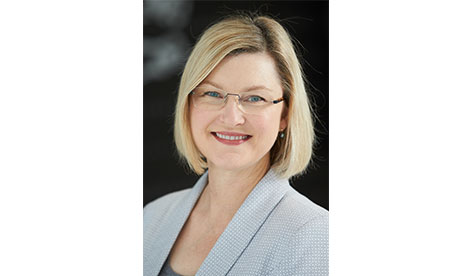

Blog

Smoking cessation guidelines for patients with a cancer diagnosis
Monday October 12, 2020
Smoking causes about 21,000 deaths per year in Australia, with about 8,000 of those due to cancer. Whilst most people understand that smoking causes lung cancer, there is less community awareness of the role of smoking in other malignancies, including gastric, urogenital, gynaecological, gastrointestinal and head and neck cancers.
Whilst for some active smokers, a cancer diagnosis is a trigger for smoking cessation, others with a smoking-related cancer may feel that smoking cessation is futile or will remove an important pleasurable activity from their life.
However, there are powerful clinical reasons for encouraging, supporting and facilitating quitting in active smokers with any cancer diagnosis. The recently released Clinical Oncology Society of Australia Smoking Cessation in Cancer Patients report provides detailed advice to clinicians on why and how we should help our patients quit.1
Continuing smoking after a cancer diagnosis doubles the risk of death – an important and reproducible finding. Indeed, the US Surgeon General noted that “for some cancer diagnoses, the benefit of smoking cessation may be equal to, or even exceed, the value of state-of-the-art cancer therapies”. Those who continue to smoke are at higher risk of recurrence; those who may be cured from their initial cancer but continue to smoke are at higher risk of developing a second primary cancer.
Continuing smoking after a cancer diagnosis also increases treatment toxicity. Current smokers are at higher risk of wound healing delays, wound necrosis, hospital readmission and ICU admission. Stopping smoking as little as 4-8 weeks pre-operatively can significantly reduce these risks. Current smoking also increases the risk of radiotherapy complications including skin reactions, cardiac mortality, and bladder and gastrointestinal complications. If patients continue to smoke during systemic therapy, tobacco smoke constituents can induce Cytochrome P450, impacting on drug metabolism to reduce efficacy or increase toxicity.
A specific example is the epidermal growth factor receptor tyrosine kinase inhibitor erlotinib, used in non-small cell lung cancer: smoking reduces erlotinib plasma concentrations by about 50 per cent, which could reduce treatment efficacy.
HELPING OUR PATIENTS
With evidence accumulating for the benefits of quitting smoking after a cancer diagnosis, how do we help our patients achieve this?
Firstly, we must continue to ask their smoking status, compassionately and without perpetuating blame and stigma. Not all patients will disclose their current smoking status for fear of being shamed.
Furthermore, health professionals may not raise smoking cessation because they are worried about exacerbating patients’ feelings of guilt or being perceived as judgemental.2 Patients may use and perceive smoking as a critical coping mechanism during the stressful period of a cancer diagnosis and may resent and resist attempts by others to control their behaviour.2 Others may have previously been unsuccessful in trying to quit.
Some barriers to smoking cessation may be readily addressed by health workers. Patients should receive a clear message from clinicians that continued smoking will be detrimental to their treatment and survival, as some will have misconceptions about the value of smoking cessation once they have developed cancer.2
Patients may be more likely to use smoking cessation services if they are normalised, available, promoted by staff, and combined with routine hospital attendance.
Best-practice smoking cessation approaches in patients with a cancer diagnosis have been extrapolated from general population studies, with a combination of pharmacological and behavioural interventions being most effective.3 The most effective pharmacotherapies are combination nicotine replacement therapy or varenicicline (Champix), ideally combined with multiple counselling sessions.
Quitline provides multiple behavioural intervention sessions and is an ideal resource; health professionals can proactively refer, with Quitline staff then initiating contact – a strategy that results in up to 13 times as many smokers enrolling in treatment compared with suggested self-referral.4
E-cigarettes are not recommended as a method of smoking cessation.
The simple AAH framework should be something we can all use: Ask all patients about their smoking status and document in the medical record; Advise all patients about the best way to quit (and why); Help by offering cessation support and relevant referrals. GPs, oncologists, surgeons, and allied health professionals alike – we owe this to our patients.
1. Clinical Oncology Society of Australia Smoking Cessation Working Group. Smoking Cessation in Cancer Patients: Embedding Smoking Cessation Care in Australian Oncology Health Services. Clinical Oncology Society of Australia. August 2020.
2. Wells M, Aitchison P, Harris F, et al. Barriers and facilitators to smoking cessation in a cancer context: A qualitative study of patient, family and professional views. BMC Cancer 2017;17:348.
3. Shields PG, Bierut L, Arenberg D, et al. NCCN Clinical Practice Guidelines in Oncology: Smoking Cessation. Version 1. 2020. Pennsylvania: National Comprehensive Cancer Network; 2020.
4. Vidrine JI, Shete S, Cao Y, et al. Ask-Advise-Connect: a new approach to smoking treatment delivery in health care settings. JAMA Intern Med 2013;173:458-64.

